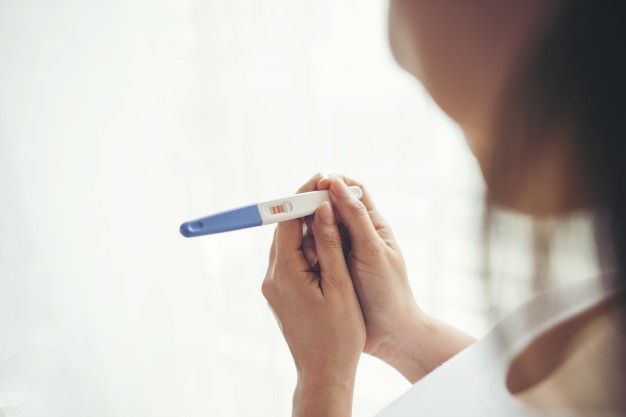Teenage pregnancy is a common topic of discussion in the United States. The media is saturated with reality shows, dramas, movies, and documentaries about the situation. But amid the sensationalized coverage, there is also a very serious conversation to be had.
The United States does not have the highest teen pregnancy rate in the world. But the country’s teen pregnancy rate is significantly higher than the majority of other developed nations. When discussing teenage pregnancy, it’s important to understand the social and structural factors at play.
Over the past three decades, teen pregnancy has declined significantly in the US. Researchers have examined the structural factors that lead to unintended pregnancy, along with countermeasures that are actually effective.
Sex education is only one part of the equation. There are also systemic barriers that must be taken into account.
What Reduces Teen Pregnancy?
Researchers, advocacy groups, and teen moms themselves have all discussed the causes of teen pregnancy. The obvious ones include a lack of education about sex and contraception, while more subtle factors involve the socioeconomic and cultural dynamics at play.
These are some things that definitively lower teen pregnancy rates:
- Access to teen-oriented educational programs, advocacy groups, and medical care
- Unimpeded access to information about contraception, safe sex, and abstinence
- Plans for a future that includes affordable college, a stable career, and healthy relationships
- Positive overall home life and trusted adults to confide in
Ages of Teen Parents
The majority of teen pregnancies are among adult women aged 18 and 19. These account for about two-thirds of all teen pregnancy cases. However, teens from the ages of 14 to 17 are also significant.
It is rare for 13 and 14-year-olds to give birth, but more than a thousand do every year.Older teenagers are also more likely to have abortions. 18 and 19-year-olds have a much higher abortion rate than 15 to 17-year-olds.
In general, about a third of the country’s unintended pregnancies occur among women aged 20 to 29. If a woman in her 20’s is unmarried, there is an 86 percent chance that a pregnancy will be unplanned.The highest abortion rates in the country occur in people in their twenties.
Teen Pregnancies in Women of Color
Researchers have collected data about how people are impacted by teen pregnancy across racial and ethnic lines.
People of color have more than double the likelihood of teen pregnancy and birth as white people. This applies to Black, Hispanic, and Native American populations.When looking at adult women who experience pregnancy from 18 to 29, white women have a significantly higher rate of pregnancy and birth.
As far as unexpected pregnancies in 20 to 29-year-olds goes, white women make up the majority. Almost half of the demographic’s unintended pregnancies occur among white women. African-American women make up about a third of the statistic, with Hispanic women covering about 20 percent.
Societal Challenges for Teen Parents and Their Offspring
There are significant complications to teenage parenthood. These are reflected in certain statistics:
- Only about 50 percent of teen moms graduate high school by the time they’re 22.
- More than 98 percent of teen moms don’t get a college degree by 30.
- Teen moms have lower salaries and higher poverty rates.
- Many teen parents have multiple births while young.
- Offspring of teen parents are more likely to have health complications, a low weight, and premature delivery.
Restructuring Society
To address teen pregnancy, it’s vital to completely dissolve barriers to success. It’s also vital to give teenagers access to education.
These are the key takeaways:
- Teen pregnancies are more likely in disadvantaged and impoverished teens without access to birth control.
- Poverty contributes to pregnancy, and teen parents struggle to escape poverty.
- Pregnancy is most common in teens without a plan for their future.
- Immigration status can affect access to reproductive healthcare and education.
- Teen pregnancy must be addressed alongside STIs, mental health problems, and relationship issues.
- Supporting teen mothers means giving women the resources to care for themselves instead of stigmatizing them.


